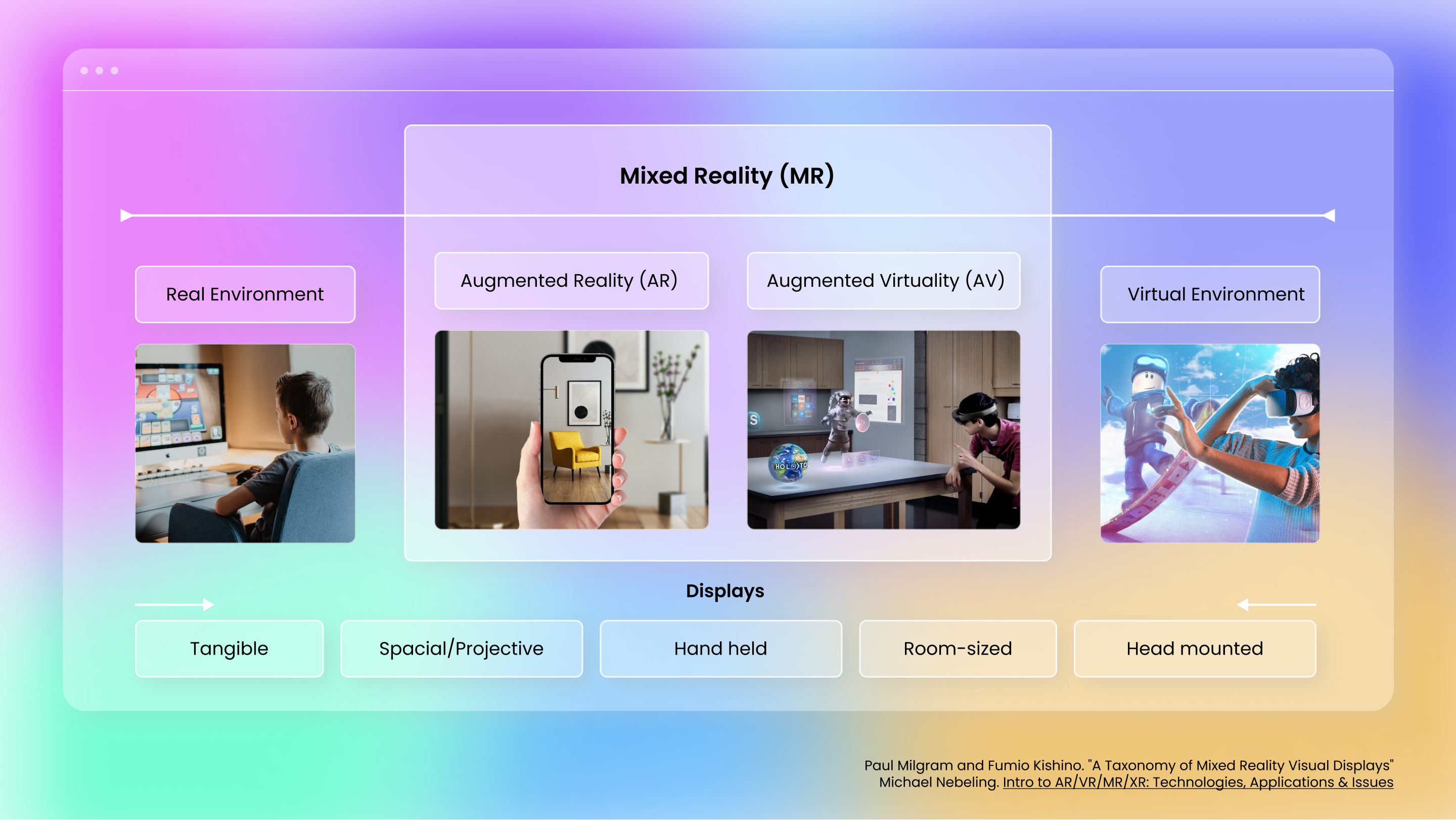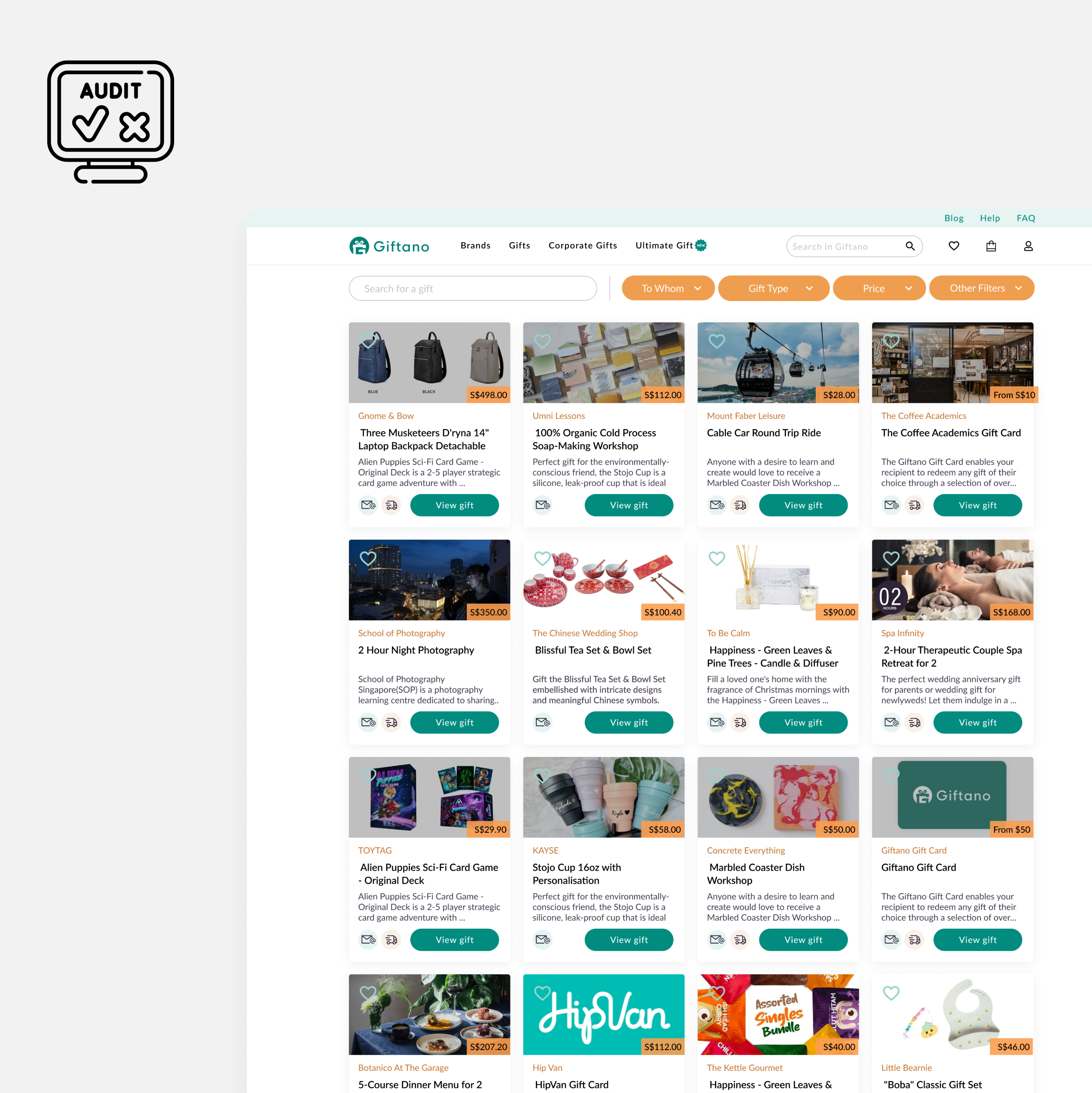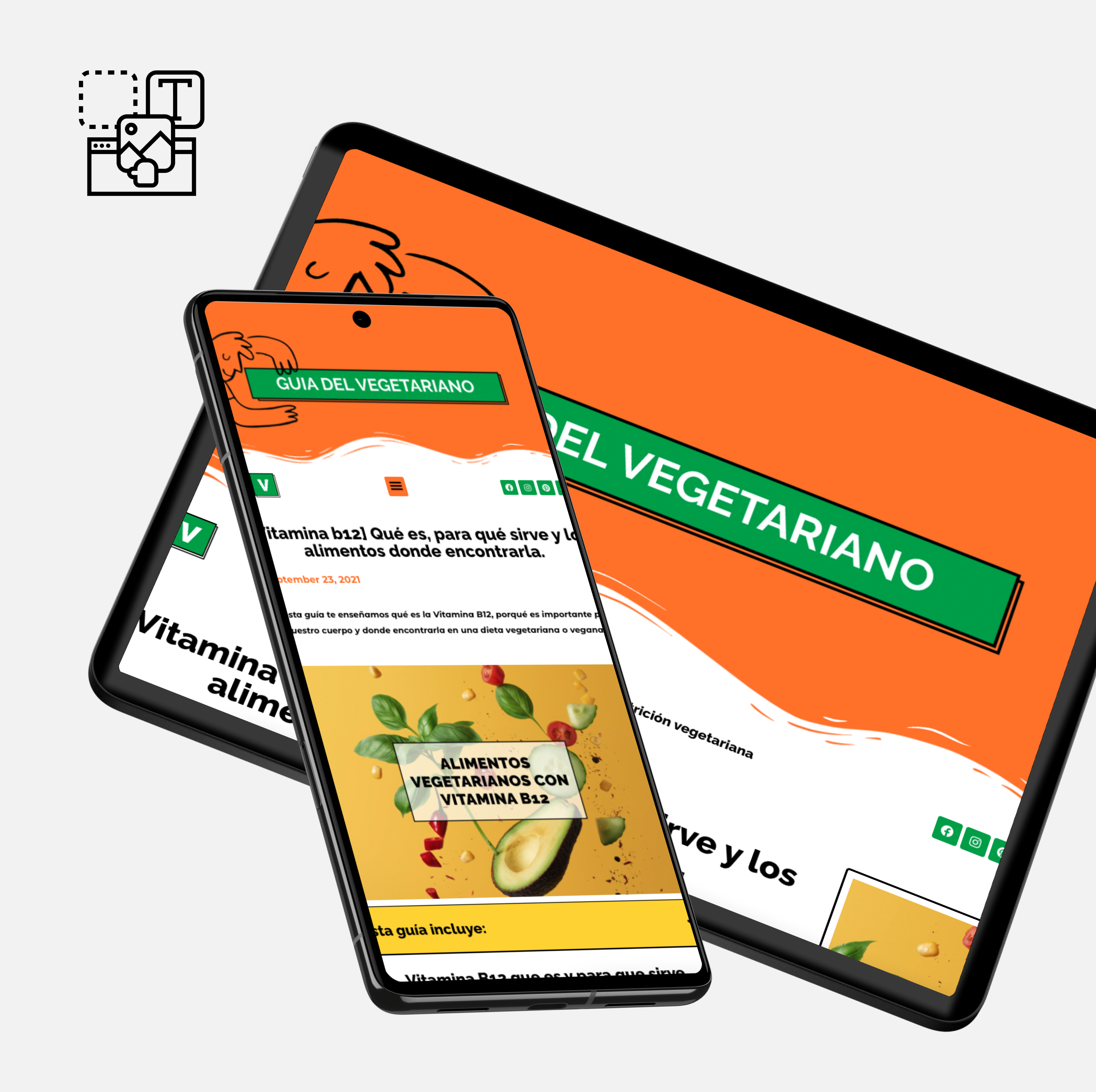The term “extended reality” is often used to describe immersive experiences that go beyond traditional screen-based interactions, allowing users to interact with digital content in more natural and intuitive ways. By combining different immersive technologies, XR experiences can provide users with a high level of immersion, engagement, and interactivity, which can be used for a wide range of applications, including entertainment, education, training, and more.
By understanding the differences between these technologies, individuals and organisations can identify new opportunities for innovation and growth, as well as determine which technology is best suited for their needs and goals. For example, businesses may use AR to enhance customer engagement and improve the shopping experience, while VR may be used to train employees in a safe and controlled environment.
Moreover, knowing AR, VR, and MR can help individuals prepare for the future of work, as these technologies are likely to play a significant role in many industries and professions. By understanding these technologies, individuals can identify new opportunities for learning and growth, as well as develop new skills and competencies that are in high demand.
Finally, knowing AR, VR, and MR can help individuals stay up-to-date with the latest technological developments, which is increasingly important in today’s fast-paced and rapidly changing world. By staying informed about these technologies, individuals can adapt to changing trends and developments, as well as take advantage of new opportunities for personal and professional growth.




